Not unlike Fushun (富顺) and Tumen (土门), two side-by-side towns which encompass eastern Maoxian (茂县), Goukou (沟口) and Weimen (渭门) are adjoined towns that are difficult to delineate from each other. Likewise, they are not popular destinations. But many will pass them by. Visitors might catch a glimpse of these towns on the way to more renowned stops like Diexi, Heihu, or Chibusu (more on that one another day). According to a tourist map I have, Goukou and Weimen are just two little dots next to each other by the main road along the river, their only distinguishing feature being proximity to teeming Fengyi and scenic Heihu. Overshadowed by maps certainly, but not by me.
The town of Goukou is seemingly not concerned with attracting visitors. No big signs drawing tourists in, cars and buses fly right through. The cultural and decorative elements I’ve come to expect are rather understated. Qiang imagery is practically non-existent compared with other locations. There is also a general feeling of enclosure once away from the roadside; the usually pronounced municipal structures look worn out. Homes are situated with harvesting and solitude in mind. I can appreciate the lack of artificiality. Some communal spaces could be beneficial though.

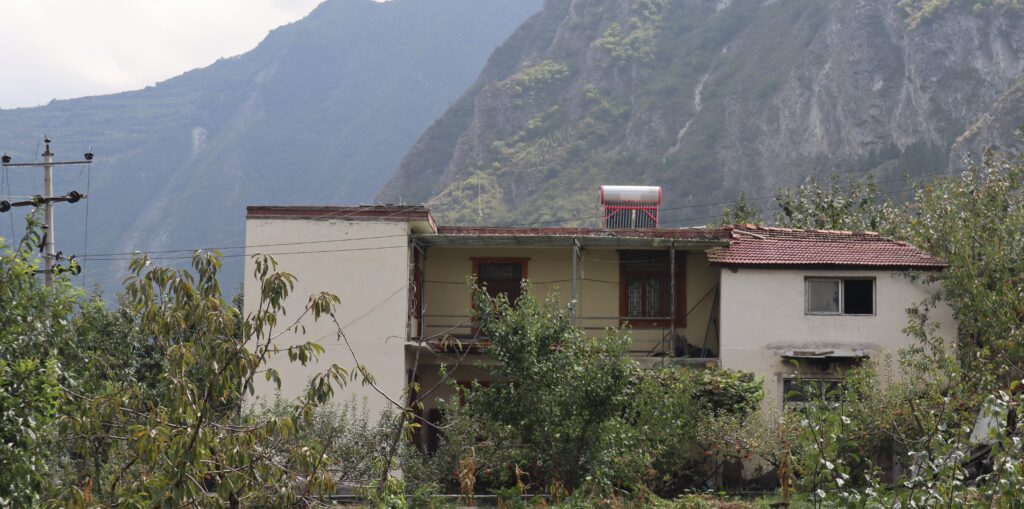

It’s only after navigating through an initial layer, as if some sort of barrier were in place, that the town reveals more of itself. Here, the river becomes a defining element, while an awesome bridge charts across. The bridge has no bells or whistles, but its practical and sturdy and I like the way it looks. There is some openness here, meanwhile some construction is visible, expanding/developing the neighborhood. Clusters of homes are more evident and orderly (though certainly not bound by any strict ordinance). Near the bridge, there is easy access down to the river.
I don’t go far into the neighborhood though. A few trucks go in and out, kicking up dust as they slowly move through. Kind of feel like I would be getting in the way- perhaps some other time.

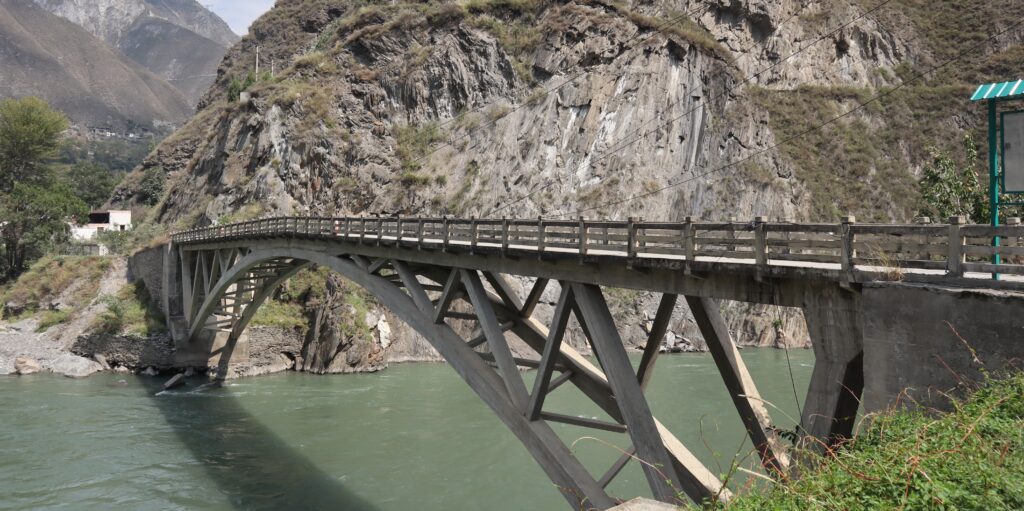

Besides, the fellows fishing in the river have the right idea. It’s not everywhere that it’s so conveniently positioned.


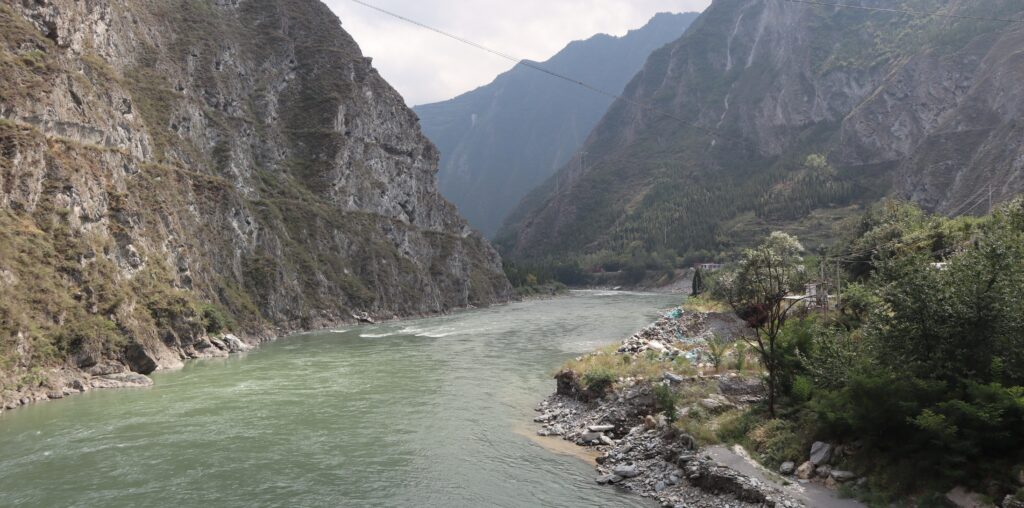
Weimen was a challenging place to capture. Although I mean that subjectively, I can be pretty lazy. I still caught some snippets of traditional town-type areas, but those were across the river from spots where I could not find a way to cross easily enough. There are also the homes up on the mountains, but those can be seen in almost every town. For what it’s worth, Weimen is closer in distance to Fengyi than any other town. Maybe the people of Weimen really just don’t want visitors. Like-minded Goukou locals might be able to learn a thing or two.
A side note: power line structures, how do they manage these in such spots? They are simultaneously annoying and intriguing as an amateur photographer.
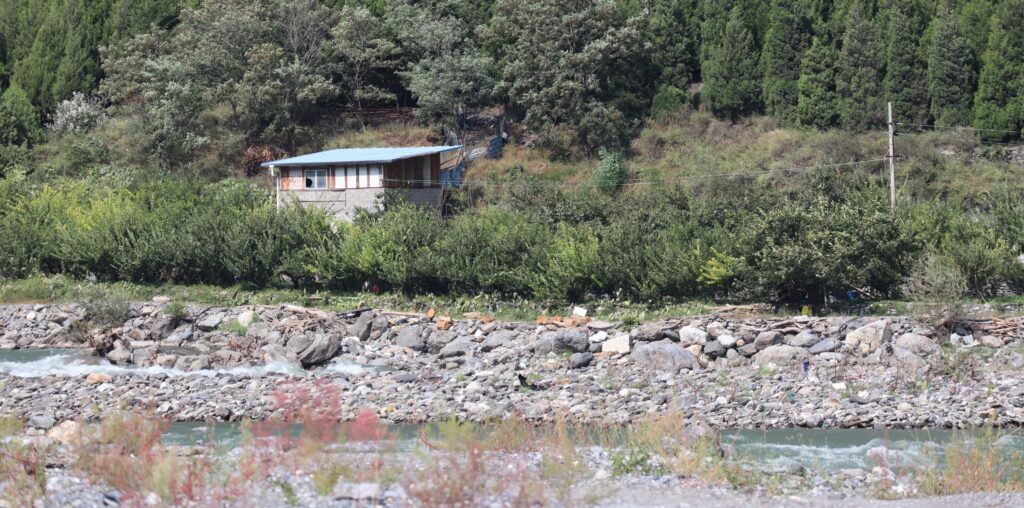

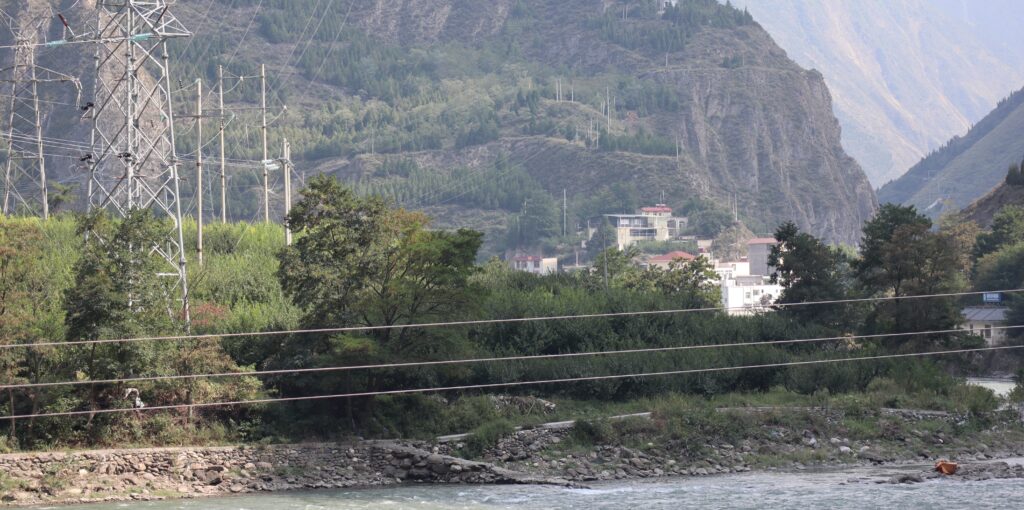

It’s not just modern roads which connect Goukou and Weimen to other places. The ancient “Tea Horse Road” (茶马古道) makes an appearance in the mountains here. This area would have been part of the Sichuan-Tibet network, although this particular path looks like it would have been far from the heavy traffic parts. Even when it was in use, I would not want to try it. Not that I found any way to get onto it. Very crude and steep, with maybe a couple feet of space. It’s hard to tell it’s even there without the signs. Yet somehow, small caravans managed it.
Wikipedia has a rather detailed entry on the “Tea Horse Road”, with many historic sites listed. Check the “In Aba” section for the most related to my encounter/location.
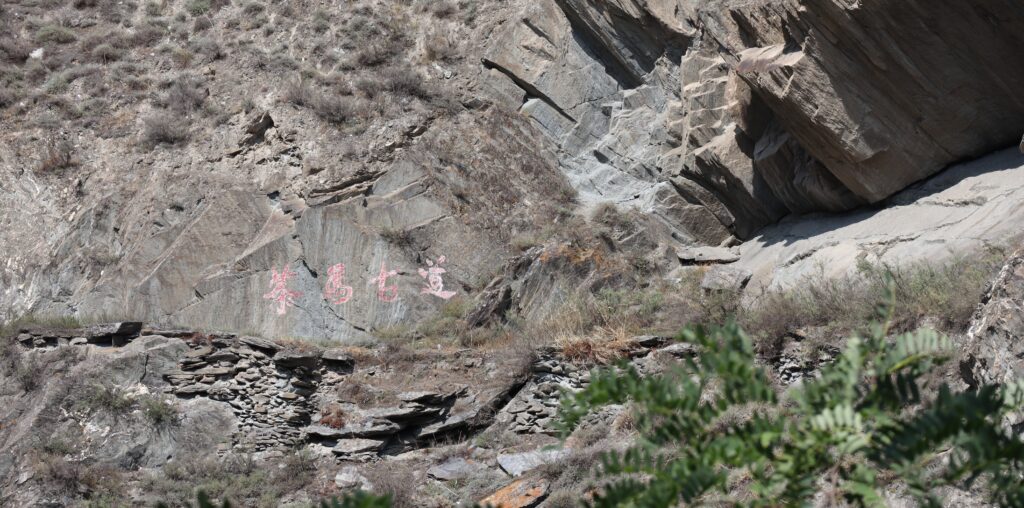
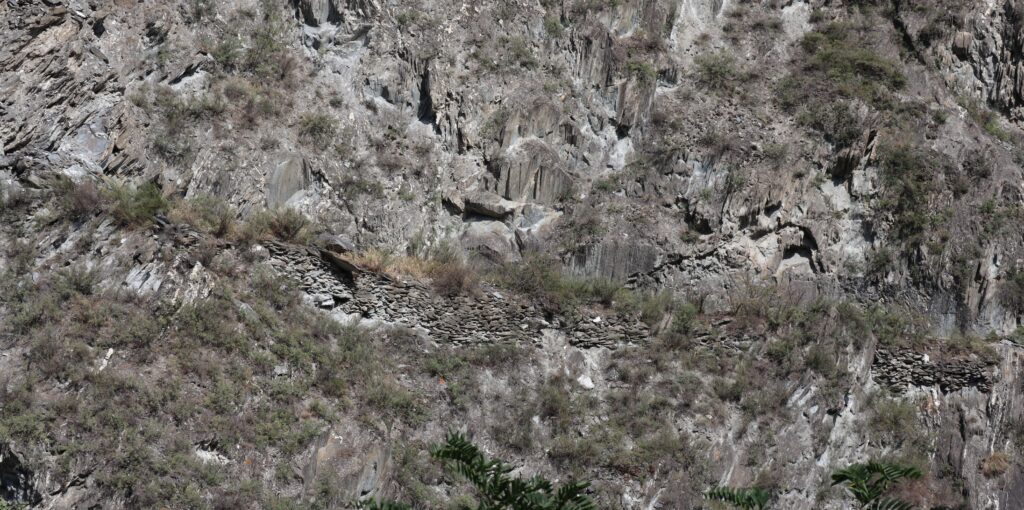
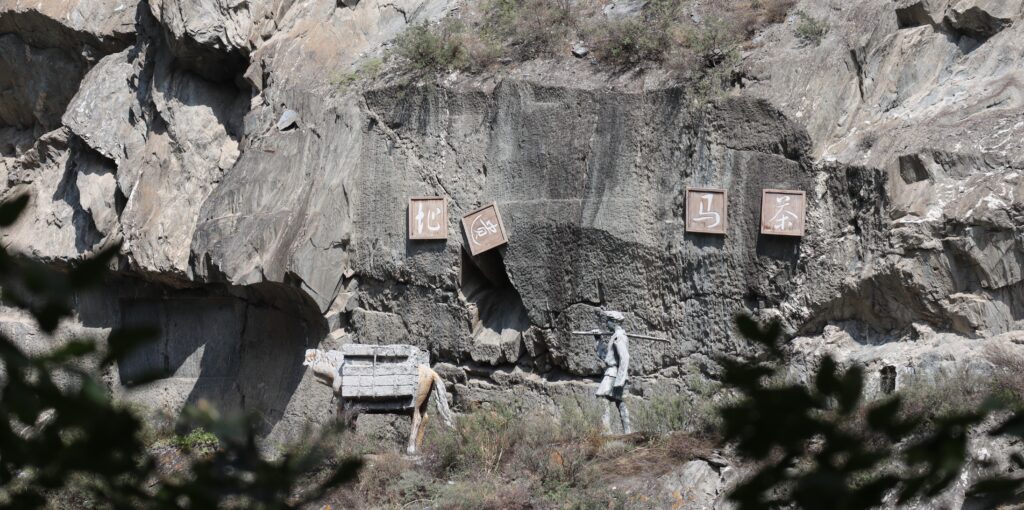
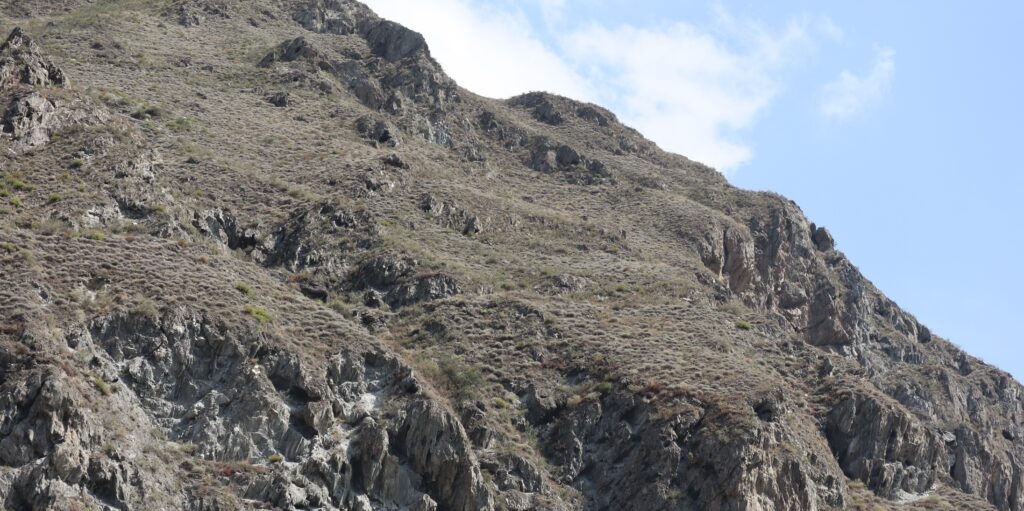
Some probably unnecessary lingering thoughts…
I wonder to what degree a place needs to be “examined” so as to be made meaningful, or distinctive, for reading and consuming. One should certainly aim to write something compelling… but also accurate and fair. After all, becoming a good writer is my dream. But there is an easy-to-miss tendency to fixate on things and also overlook things. To conjure a story or concept that isn’t quite true, to be more riveting or confirm a bias. At the same time, I am just a visitor, I miss stuff all the time. Stuff that could be fascinating or consequential. Fairness should also mean investigating every corner. But that is close to impossible.
Some “facts” I hear about Maoxian and Qiang people are hard to believe. Are these myths easier to believe because they elevate the heritage? Because they emphasize uniqueness or mystery? On the other hand, probably many of the things I write could be better explained, or flatly corrected, by any local. For now, there are three tendencies I want to balance: (1) we miss important things all the time (2) we see things that aren’t there (3) we focus on things that are not special.
I digress. There is more to share on Maoxian… places and experiences which I believe need no enrichment from me to be made interesting. Closing with a few more pictures from Goukou & Weimen… which I am actually not sure which town they technically belong to.
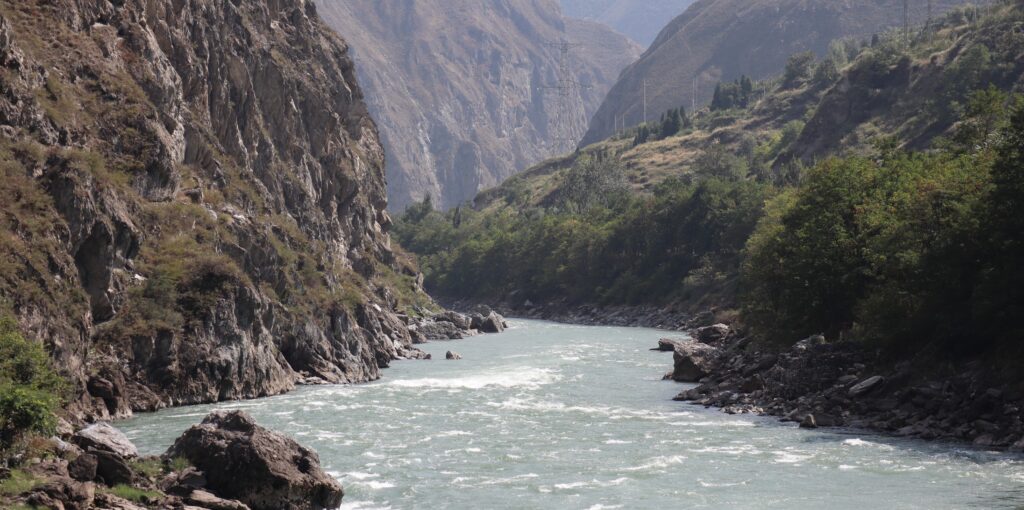
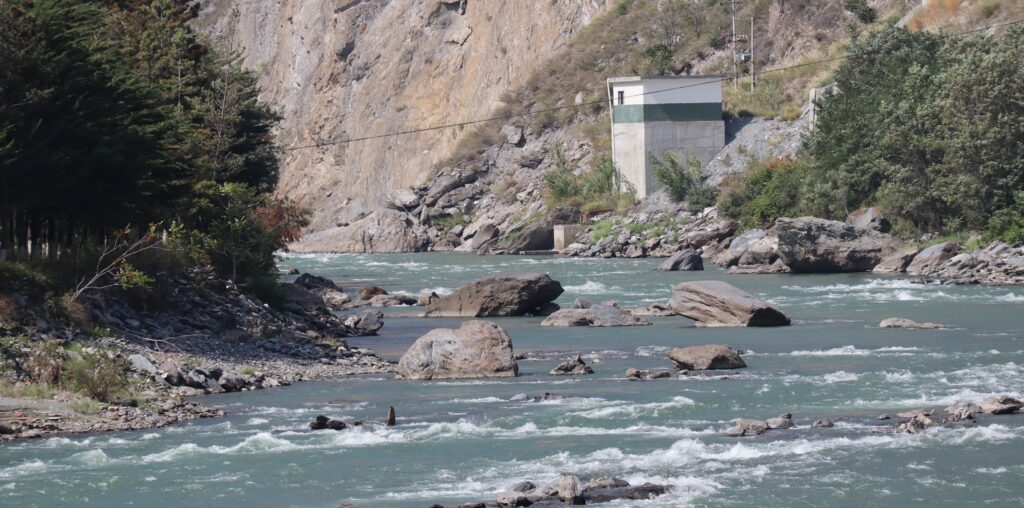


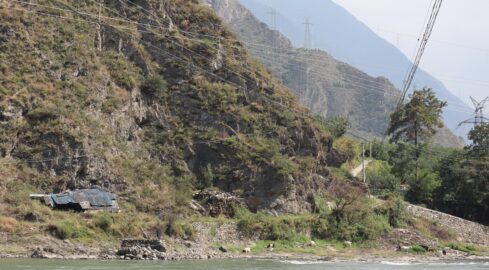
Leave a Reply